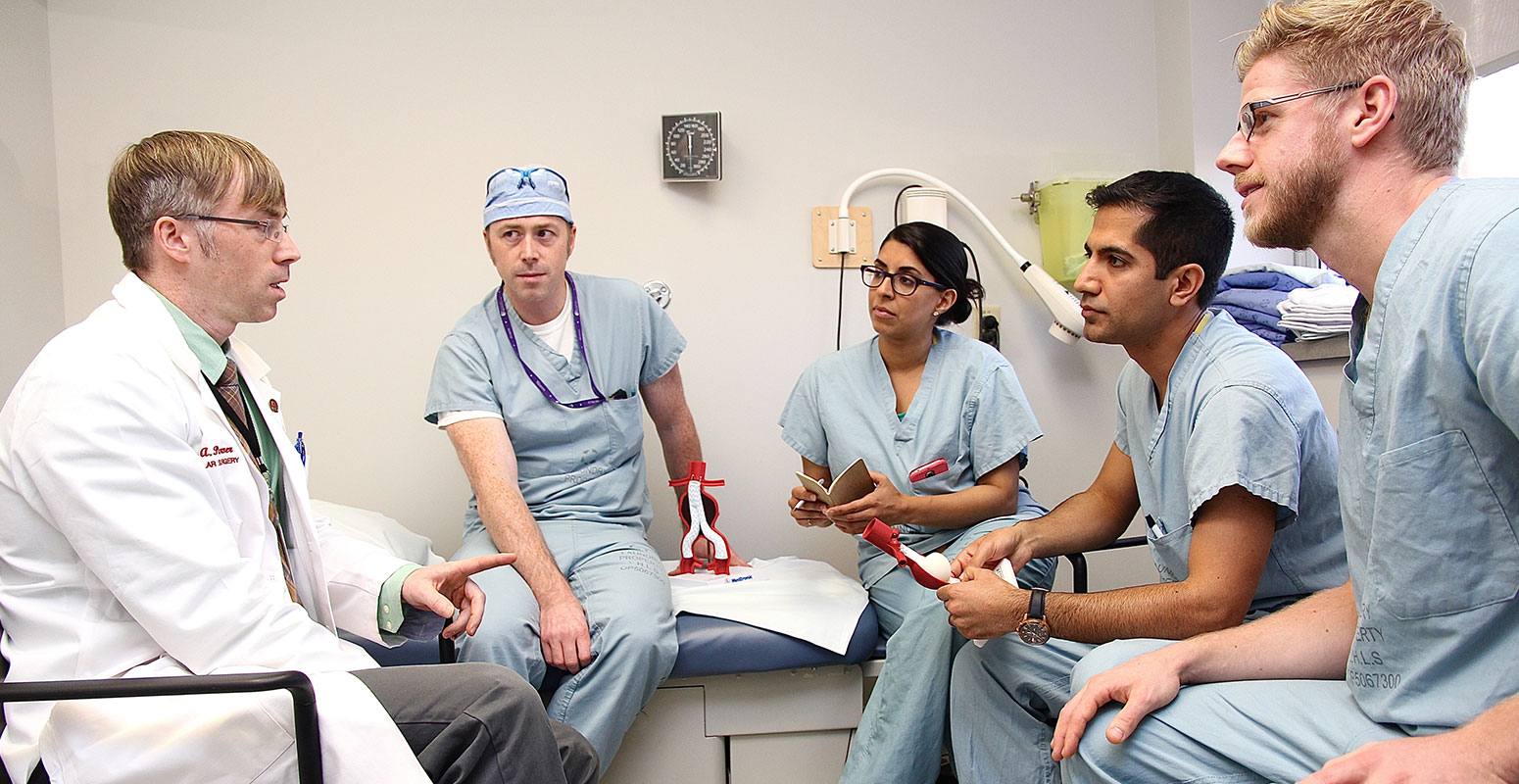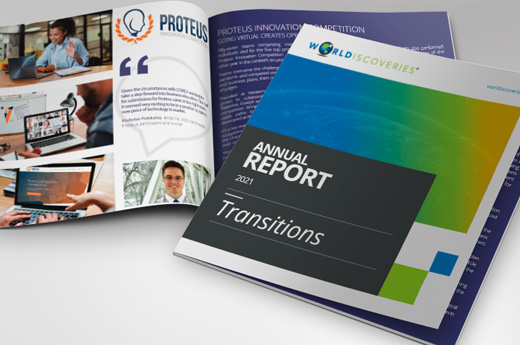Ali Tavallaei is making better use of his time these days. As one of three young scholars chosen as part of the recently launched Western Medical Innovation Fellowship program, his focus has been streamlined.
“As a researcher working in the medical device domain, I am at risk of wasting a great deal of time, effort and resources on research ideas and projects that may never translate to the clinic,” Tavallaei said.
“However, with what I have been learning throughout this program, I will become significantly more efficient at identifying true clinical needs and developing solutions based on practical clinical industry requirements. Hopefully, this will ensure my efforts make a true positive impact in the clinic, as well as in the academic community.”
Launched in August, the Western Medical Innovation Fellowship immerses talented young scientists, engineers and clinicians in a training and research environment to drive the development of novel medical technologies.
First developed at Stanford University in 2001, the program has since grown to the University of Minnesota, Northwestern University and, now, Western. Co-directed by Lisa Cechetto, Executive Director of WORLDiscoveries, and Chemical & Biochemical Engineering professor Matt Teeter, the almost one-year fellowship involves a classroom component on business and technology commercialization, followed by a clinical immersion in the area studied.
Working with researchers, clinicians and a technology transfer office, fellows then generate new intellectual property.
The Western program is co-branded with the Minnesota Innovation Fellows program. This leverages the expertise and connections to their medical device industry, located in the greater Minneapolis area.
Tavallaei, a Biomedical Engineering alumnus, and other fellows Biomedical Engineering alumna Asha Parekh and John Matheson, an MD educated in Ireland, just completed a five-week ‘educational boot camp’ in Minnesota.
“This program has been an amazing learning experience, so far, and a unique opportunity to network with so many clinicians, industrial partners and like-minded academics,” said Tavallaei, whose doctoral research centred on the development of an MRI-compatible remote catheter navigation system. He is a co-founder and CEO of Vital Biomedical Technologies Inc.
“In a short period of time, we have been exposed to a wealth of information – all steps required for successful commercialization. This program provides us with vital tools that are necessary for efficient innovation as well as conversion of those innovations into viable commercial products and businesses.”
Parekh, who just completed her PhD in August, said although only a couple of months in to the program, she is thrilled about the year ahead.
“We have already learned a tremendous amount from the boot camp and throughout our clinical immersion,” she said. “This has been an invaluable experience. I’m sure it will only continue to be enhanced throughout our fellowship.”
She added the training from this fellowship can be applied anywhere she decides to go next.
“Learning the the business side of things is a big advantage. In engineering, we do not get much exposure to that. I want to be able to take a concept from identifying an unmet clinical need to commercialization, and this program allows me to learn every step of that process.”
In addition to training in Minnesota and clinical immersion, fellows also meet every two weeks at WORLDiscoveries to learn about policies and procedures that go along with intellectual property and regulatory guidelines. A group of community mentors meets with the fellows on a monthly basis to share ideas and answer questions.
The focus of this year’s program is medical innovations in musculoskeletal and cardiac health.
“To ensure Canada is not left lagging behind, critical programs such as this are incorporated at leading universities such as Western,” Cechetto said. “Things that would take people years to learn through their jobs, our fellows are learning in one year. It is a wonderful opportunity.”
As fellows progress, they will utilize existing services and facilities at Western, Robarts Research Institute, Lawson Health Research Institute and the Centre for Imaging Technology Commercialization. Having access to such groups is a once-in-a-lifetime opportunity Teeter would have loved to experience while a student.
“Innovation is a process that can be actually be taught and learned. It’s a way of thinking about things,” he said. “Now, the hard work is about to begin. It’s a unique opportunity. And how often do you get to hang out in the operating rooms, see procedures and speak directly with clinicians? It’s energizing to be around them (fellows) when they’re talking through their ideas.”
Source: Western News


